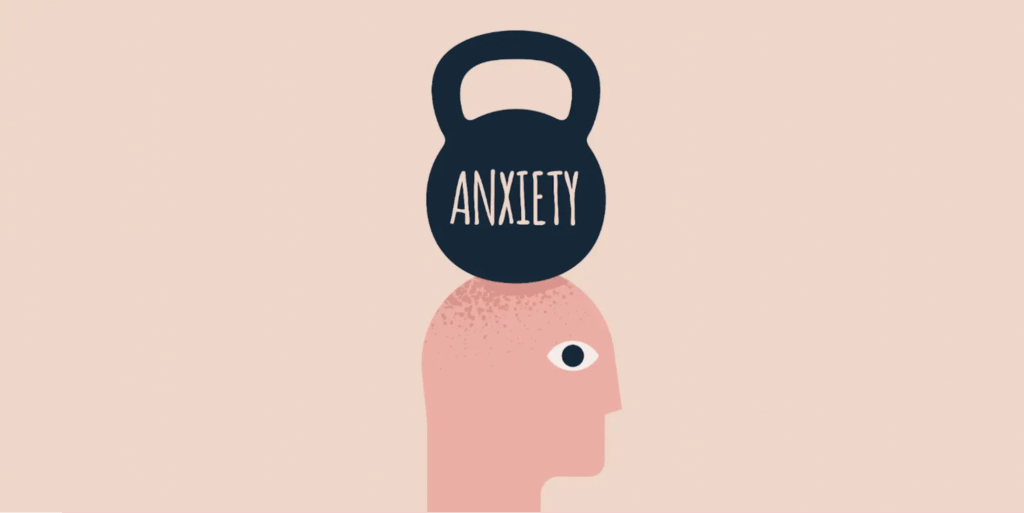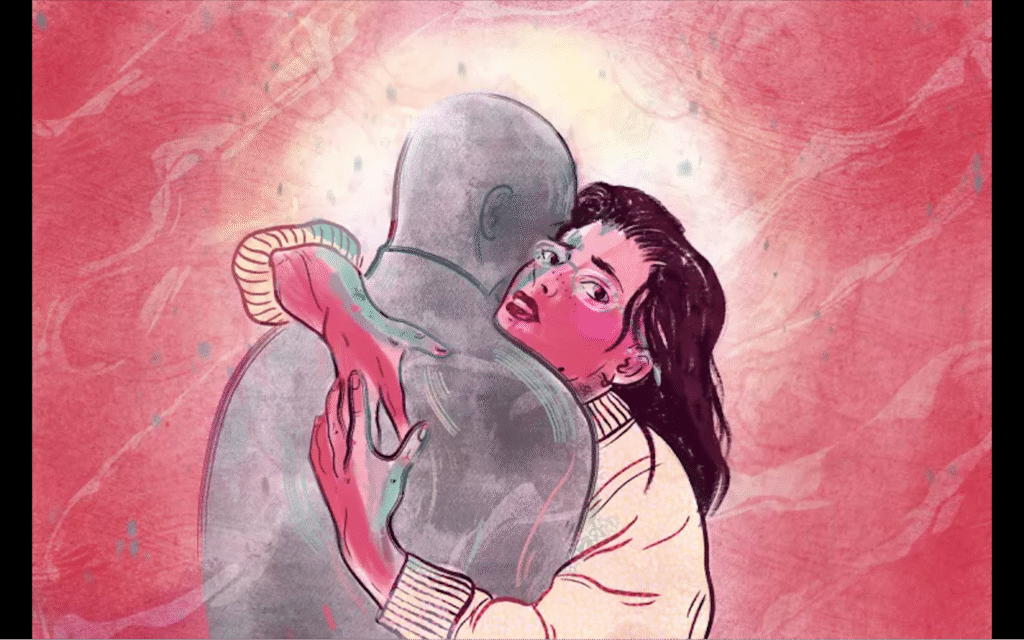Understanding Anxiety Disorders: What You Need to Know
Anxiety can feel like a silent background noise, always there, always buzzing. For some, it shows up as sleepless nights. For others, it’s a constant fear of things going wrong, even when life appears “fine.” While it’s normal to experience anxiety before a big event or change, sometimes it doesn’t go away. That’s when it becomes something more. According to a study by the Indian Council of Medical Research (ICMR), nearly 1 in 7 Indians experience mental health issues, and anxiety is one of the most common, but least talked about, concerns. Many people live with it without ever knowing they’re dealing with an actual condition. Signs of Anxiety: When Daily Life Feels Overwhelming Anxiety often hides behind what looks like productivity or perfectionism. You might appear “put together” but internally feel restless, irritable, or disconnected. Small tasks like replying to messages or attending social events start feeling heavy. These can be signs of anxiety, even if you aren’t having full-blown panic attacks. Often, we normalize these symptoms or blame ourselves for “not being strong enough.” But anxiety isn’t a weakness, it’s a signal from your body and brain asking for safety. Anxiety Disorder Symptoms: The Many Faces of Anxiety Anxiety doesn’t always look like nervousness. It can also look like overthinking, people-pleasing, control, or shutdown. There are different kinds of anxiety disorders, each with its own pattern. Generalized Anxiety Disorder Generalized anxiety disorder involves excessive and persistent worry about everyday things. Even when everything is okay, your brain tells you something is about to go wrong. This kind of anxiety feels exhausting because it creates a constant state of alertness. Social Anxiety Disorder It’s common to feel shy or awkward sometimes. But when fear of being judged or rejected starts interfering with your daily life, it could be social anxiety disorder. People with this type of anxiety may overthink conversations, avoid making eye contact, or replay moments for days. They’re often perceived as quiet or distant, but inside, they’re just overwhelmed. Panic Disorder There’s a kind of anxiety that shows up like a storm, with physical symptoms so intense that people mistake it for a heart attack. This could be panic disorder. Sudden chest tightness, racing heart, breathlessness, tingling hands, these panic attacks can happen unexpectedly and make you fear they’ll happen again. Over time, this fear leads to avoidance of places, events, or even movement itself. You don’t just fear panic, you fear the loss of control. Is It Anxiety Disorder Symptoms or Just Stress? Many people with anxiety don’t recognize it because the symptoms don’t always “look mental.” You might have stomach aches, jaw pain, insomnia, or frequent headaches. These anxiety disorder symptoms are often treated as unrelated health issues, but they’re your nervous system trying to protect you from a threat that isn’t actually there. Dealing with Anxiety Starts With Awareness One of the hardest parts of dealing with anxiety is that it convinces you you’re in danger, even when you’re safe. You begin to micromanage everything, avoid uncertainty, or try to be two steps ahead of every problem. But this often makes anxiety worse, not better. The goal isn’t to eliminate anxiety entirely, it’s to build tolerance for the unknown and learn how to soothe the nervous system when it’s dysregulated. How to Manage Anxiety: A Daily Practice If you’re searching for how to manage anxiety, know that it’s not about doing one big thing perfectly. It’s about consistent, small changes: Therapy helps you understand where your anxiety stems from—not just how to quiet it, but how to hear what it’s trying to tell you. Frequently Asked Questions How to reduce anxiety? Start with your body. Anxiety lives in the nervous system. Take short breaks, do light movement, and practice slow breathing (inhale for 4, exhale for 6). Journaling, going for walks, and limiting multitasking also help create a sense of calm. Anxiety lessens when you’re able to slow down safely, not forcefully. What is the 333 rule for anxiety? The 333 rule is a simple grounding technique. When anxiety hits, do the following: This exercise interrupts spiraling thoughts and reconnects you with the present moment. How to handle an anxiety attack? When you’re having an anxiety attack, your body believes there’s an emergency, even when there isn’t one. To handle it: It may feel like it will never end, but anxiety attacks always pass. Final Thought Anxiety isn’t your identity, it’s a protective mechanism that sometimes works too hard. Learning to live with it, rather than fight it, is a powerful shift. Whether your anxiety shows up loudly or quietly, you deserve support, tools, and understanding. Healing doesn’t mean you never feel anxious again, it means anxiety doesn’t control your every move.
Understanding Anxiety Disorders: What You Need to Know Read More »



